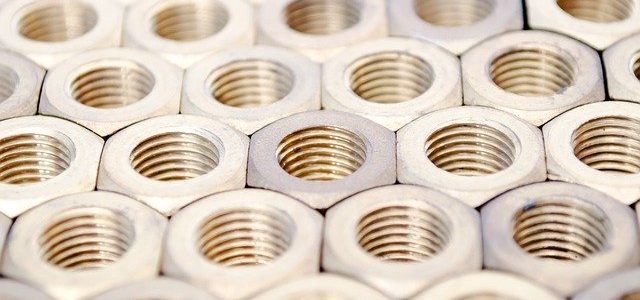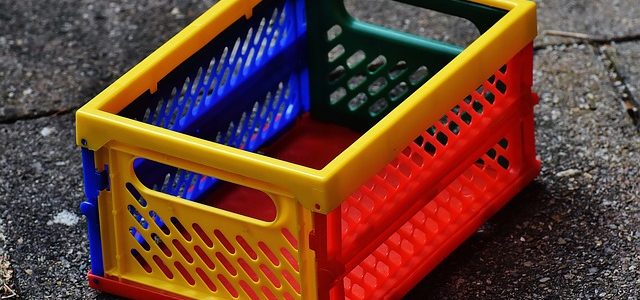For some of the custom electronics enclosure parts, the self-clinching fasteners can be a design engineer’s true best friend. These accessories can solve a lot of problems and challenges that comes with mounting and installing some of the components. Because of their very compact design and having low profile, they are also a winner for the appearances too.
These self-clinching fasteners are composed of several threaded nuts, studs, or standoffs that are being mechanically pressed and installed in any metal. This becomes a permanent part of the electrical box, panel, or even bracket. These accessories are most often called by the name PEM® which is the most known brand trademark by PennEngineering & Manufacturing Corp.
There are different types of these accessories:
Nuts: Installs bolts and screws to properly secure them components right in place.
Stand-offs: Mostly used to install circuit boards and they are not shorting when they come in contact with a sheet metal that has an ever flowing electrical current.
Studs: Most commonly used to mount connectors or other components by giving a threaded screw inside the enclosure box.
One of the most primary strengths of these accessories is how they are securely mounted inside some part of the enclosure. As the matter of fact, for several self-clinching nuts the screw will eventually fail before the nut will be able to rotate the material. These self-clinching fasteners can be incredibly very secure because they can become a very permanent piece of the electronics enclosure once they are installed.
The self-clinching studs or even standoff can either be two of these things: flush head or concealed head. Basically, these two types achieves the same use and function. However, some of which has very defining characteristics that makes some of the fastener types very different from each other.
Let us give you an overview of the difference of these two.
Flush-Head Fasteners
The flush-head fasteners, these are mechanically pressed through the hole inside the sheet metal done from the outside. Mostly, they sit within the outside edge. However, there is just a slight indentation going around the exterior of the metal where the flush-head fasteners are being pressed and it makes them detectable.
The slight indentation can be minimized just by having the metal being grinded down to make the fastener sits in with more flush compared to the other host material. In which, this made the flush-head very less noticeable even when a textured powder coat is being applied. When using both of these methods, these fasteners are barely noticeable. However, they are still obvious by touch.
Concealed-Head Fasteners
Instead of having a fastener being installed and pushed through inside the metal sheet such as the previous one, this type are being inserted into a machined blind pocket so that there will be no contact on the outside edge. The pockets can later be created with one of these options: a CNC mill or router.
This type of fastener are commonly used for some of the aesthetic reasons. In addition to this, they are ideal in satisfying the needs for being airtightness and watertightness. This primarily because the hole being inserted only goes partially inside the metal.






